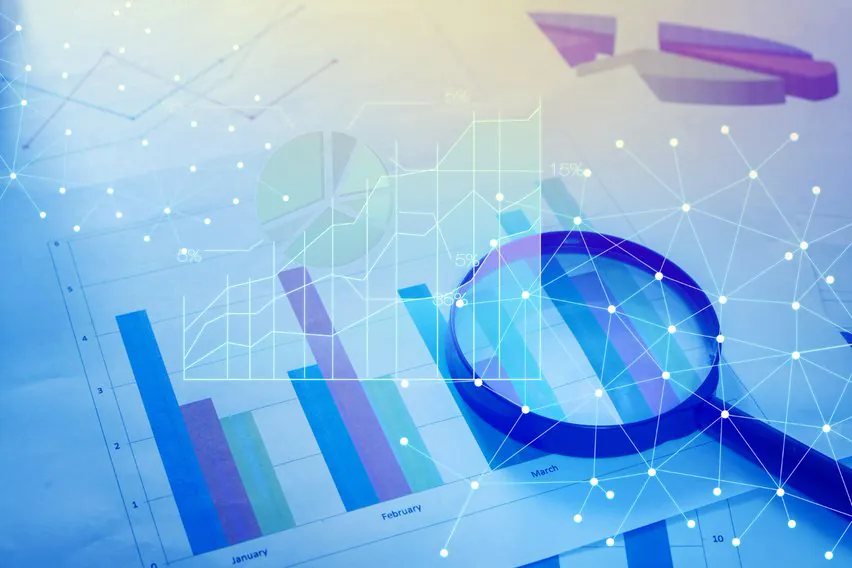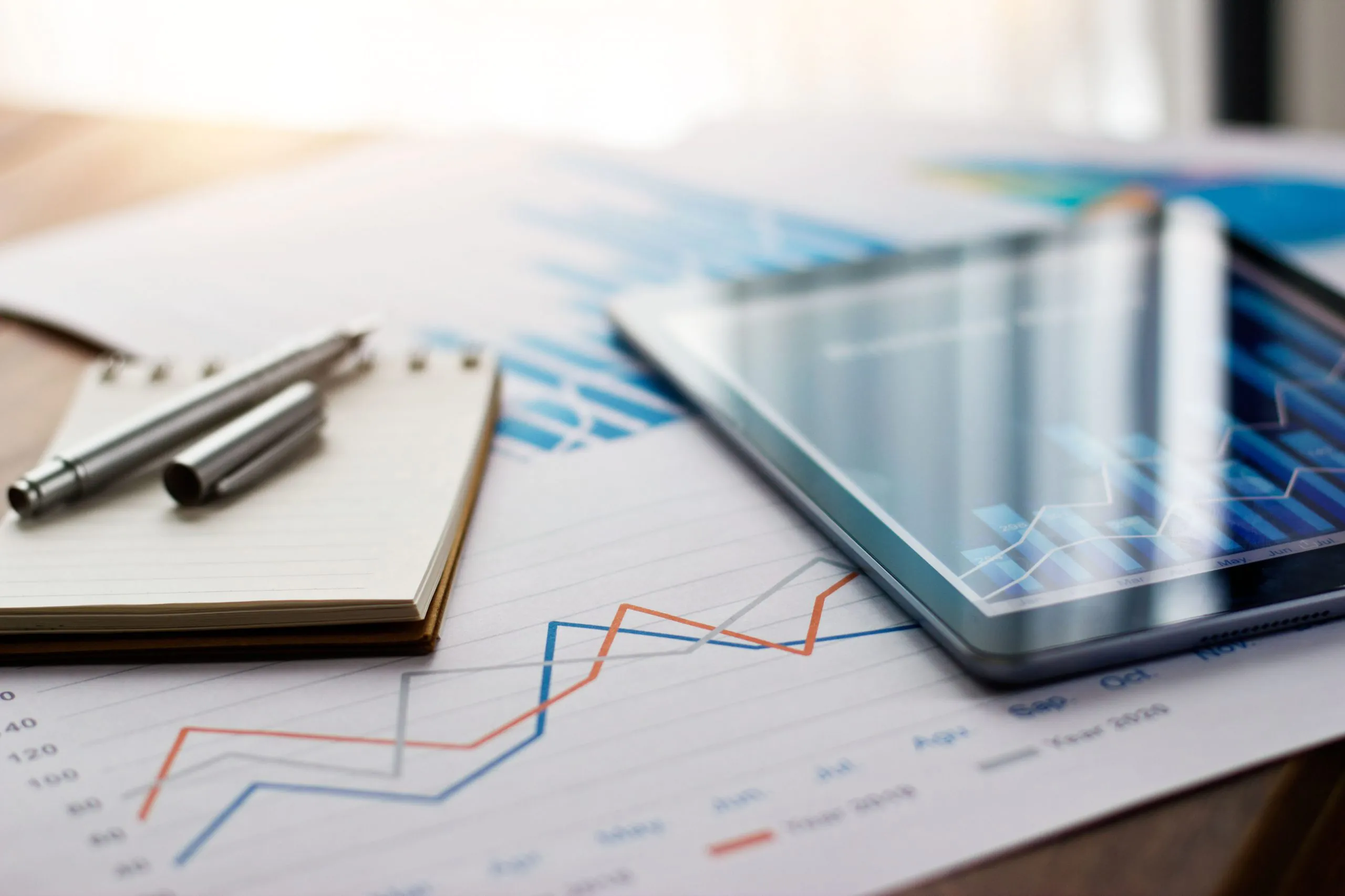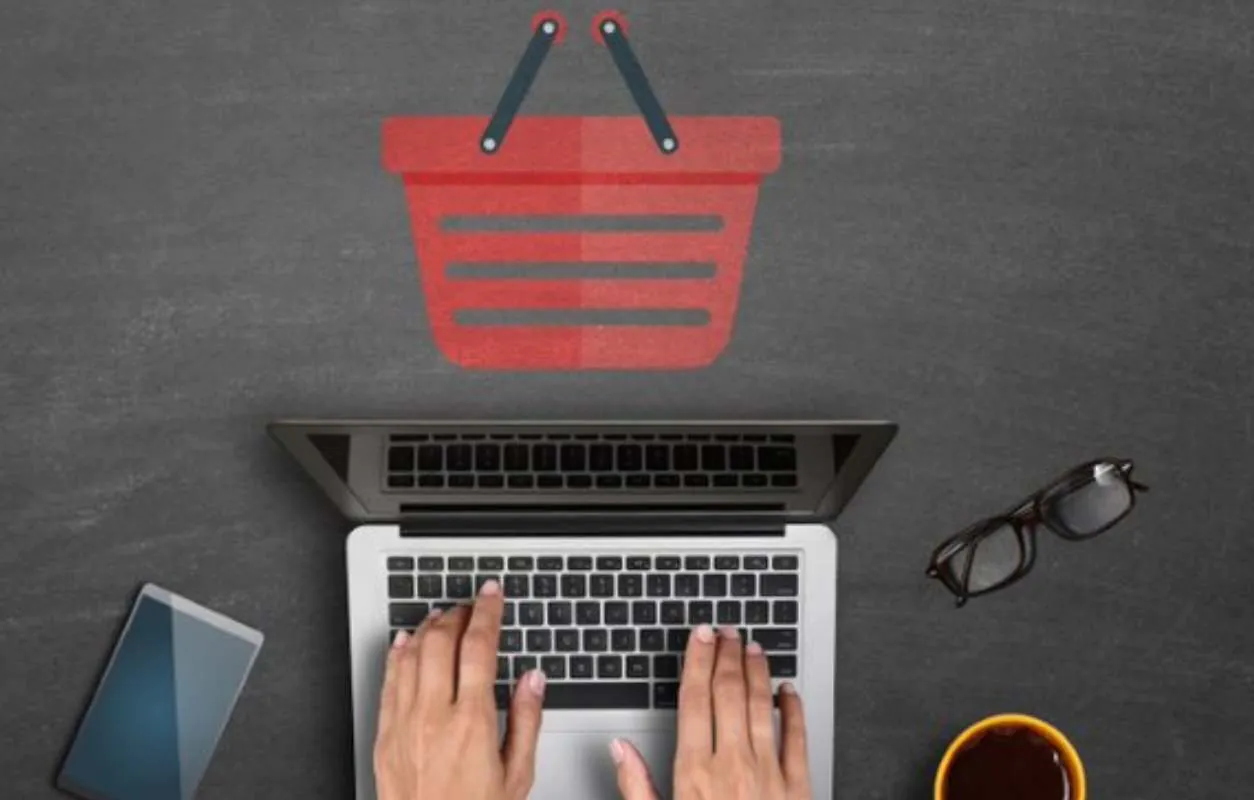Author: Sudeshna Ghosh
Introduction to Non-Alcoholic Beverages Market
The non-alcoholic beverages industry is expected to witness steady growth in the coming years. Health and wellness have become an even bigger trend since the advent of the COVID-19 pandemic. With a large segment of consumers’ discretionary expenses being focused on healthier food and beverage alternatives, non-alcoholic beverages are in line to be the next big thing.
Non-alcoholic beverages are commonly misinterpreted as including solely non-alcoholic versions of various alcoholic drinks. However, in the United States, non-alcoholic beverages are defined as any beverage that contains less than 0.5% alcohol; this includes functional beverages, aerated beverages, energy drinks, and more.
As the non-alcoholic beverages market continues to grow it is influenced by various trends. More recently, environmentalism, sustainability, and changing spending behavior have been the most significant trends. These trends have substantially influenced customers, purchasing habits, and in turn, the market.
At this point, industry players need to shift their focus to forecasting, identifying, and understanding market trends. As these trends grow and fade, the market needs to adapt. Therefore, in this article, Infiniti’s industry experts discuss the most significant trends in the non-alcoholic beverages market currently. Additionally, they highlight the benefits of leveraging trend analysis solutions in this market.
Market Growth and Projections to Non-Alcoholic Beverages Market
The non-alcoholic beverages market is poised for substantial growth, driven by evolving consumer preferences and increasing health consciousness. Projections indicate a robust expansion as more consumers seek healthier alternatives and convenient options.
-
Market Expansion:
The non-alcoholic beverages market is expected to grow significantly, with projections indicating a compound annual growth rate (CAGR) driven by rising demand for functional and ready-to-drink beverages.
-
Health-Driven Demand:
Increasing awareness of health issues, such as obesity and lifestyle diseases, is propelling consumers towards healthier beverage options, contributing to market growth.
-
Sustainability Trends:
The growing preference for sustainable and eco-friendly products is influencing purchasing decisions, leading to a rise in demand for beverages packaged in environmentally responsible materials.
-
Urbanization Impact:
Rapid urbanization is driving the need for convenient, on-the-go beverage options, particularly among busy professionals and students, further fueling market growth.
-
Diverse Product Offerings:
The introduction of innovative beverage categories, including energy drinks and relaxation beverages, is expanding consumer choices and attracting new segments to the market.
In conclusion, the non-alcoholic beverages market is on a trajectory of significant growth, supported by health trends, sustainability initiatives, and changing consumer lifestyles. Companies that adapt to these trends and focus on innovation will be well-positioned to capitalize on emerging opportunities in this dynamic market.
Non-Alcoholic Beverages Market Trends
Infiniti’s trends analysis experts analyzed the market to identify, study, and help companies adapt. The experts identified the following five significant trends in the beverages market:
Health and Wellness:
The rising concern over obesity and health issues has driven demand for functional non-alcoholic beverages, such as ready-to-drink teas and coffees, catering to health-conscious consumers.
Sustainability:
Increased awareness of environmental issues has led to a demand for sustainable and eco-friendly products, with consumers favoring innovative packaging solutions that minimize carbon footprints.
Disposable Income:
Growing disposable incomes have resulted in a preference for convenient and premium products, as consumers prioritize quality and value over cost, especially in the context of takeaway and home delivery trends.
Urbanization:
Rapid urbanization has created fast-paced lifestyles, driving the demand for energy drinks and convenient packaging that meets the needs of busy consumers in developing regions.
Dietary Restrictions:
Heightened awareness of dietary restrictions, such as veganism and gluten allergies, has led to the emergence of niche markets, requiring companies to stay ahead of trends and adapt their product offerings accordingly.
Health and Wellness
Increasing concern about obesity, cancer, and other health problems has led to higher demand in the non-alcoholic beverages market. As consumers focus on functional beverages, such as ready-to-drink teas and coffees, or relaxation drinks, the beverages market grows. Ready-to-drink coffees are highly demanded by students and corporate professionals, due to their early mornings, and late deadlines. This is a growing market, as the education industry proliferates, and countries rapidly urbanize, and non-alcoholic beverages industry players must prepare for this change.
Sustainability
Rising awareness of carbon emissions, global warming, and other environmental issues, has led to an increased demand for sustainable and eco-friendly products and packaging. Products that are innovative and packaged with eco-friendly sources are in high demand. Additionally, the demand for eco-friendly and natural products has risen substantially due to the combined awareness of sustainability and health. Further, sustainable packaging is a widely adopted alternative to traditional packaging due to government policies, environmental benefits, and higher consumer satisfaction.
Disposable Income
Growing economies and rising disposable incomes have led to an increased demand for convenient and premium products. With value-oriented and smart consumers, quality trumps quantity, just as benefits and value trump expense. Also, premium products available in convenient packaging allow consumers to consume premium products on the go. Additionally, the increase in takeaway orders, and home deliveries, has increased the demand for packaged and non-alcoholic beverages. With the COVID-19 pandemic, restaurants and other eateries have been closed for social distancing. This, in turn, has led to an increase in the need for delivery services, and further the need for alcoholic beverages.
Urbanization
Rapid urbanization has led to hectic, fast-paced cities, and consumers that require convenience and energy. Rising demand for energy drinks, convenient packaging options, and various preferences are significantly influencing the market. Developing countries in the APAC region are currently witnessing a mass movement from rural to urban. This has directly impacted the non-alcoholic beverages market, with a sudden need for convenience, and most importantly, energy.
Dietary Restrictions
Rising awareness of the impact of various eating habits on health and the environment has led to an increase in niche market segments. Veganism, gluten allergies, and nut allergies, lactose intolerance are the most significant dietary restrictions affecting the entire food and beverage industry, including the non-alcoholic beverages industry. This has paved the path for a highly competitive market; therefore, being aware of market trends, and staying a step ahead of competitors is crucial.
Real-World Examples
| Company | Industry Segment | Trend Analysis Utilized | Outcome |
| Coca-Cola | Non-Alcoholic Beverages | Analyzes consumer preferences for healthier options | Launched new low-calorie and functional beverages, increasing market share. |
| PepsiCo | Non-Alcoholic Beverages | Monitors health and wellness trends | Expanded its product line to include healthier snacks and beverages, boosting sales. |
| Nestlé | Food and Beverage | Utilizes trend analysis for sustainability practices | Developed eco-friendly packaging and sustainable sourcing, enhancing brand reputation. |
| Unilever | Food and Beverage | Analyzes consumer demand for plant-based products | Increased investment in plant-based brands, leading to significant revenue growth. |
| Diageo | Non-Alcoholic Beverages | Tracks trends in premiumization and health consciousness | Launched non-alcoholic spirits, capturing a new segment of health-conscious consumers. |
Infiniti’s Trends Analysis Solutions for the Non-Alcoholic Beverages Industry

Trends analysis solutions help non-alcoholic beverage companies identify, understand, and adapt to market trends. It allows companies to compare their performance with the industry average, find the strengths and weaknesses of a firm, and implement necessary changes for any gaps found. It also helps non-alcoholic beverages industry players forecast upcoming trends and efficiently strategize to stay ahead of the market. Leveraging Infiniti’s trends analysis solutions can assist non-alcoholic beverage companies by identifying current and significant trends influencing the market. These solutions also help companies develop the ideal approach toward adapting to changing market trends.
As the world recovers from the COVID-19 crisis, the demand for health and wellness products, delivery services, and eco-friendly products in the non-alcoholic beverages market will increase. Leveraging Infiniti’s trends analysis solutions has enabled companies to stay ahead of the trends, and their competition, by forecasting these changing patterns and preparing accordingly.
Conclusion
The non-alcoholic beverages market is poised for significant growth, driven by evolving consumer preferences towards health, wellness, and sustainability. Key trends such as increased demand for functional drinks, eco-friendly packaging, and products catering to dietary restrictions are reshaping the industry. Additionally, rising disposable incomes and urbanization are fueling demand for premium, convenient options. Companies that stay ahead of these trends and leverage market insights to adapt their offerings will be well-positioned for success. By embracing innovation and sustainability, non-alcoholic beverage companies can meet consumer expectations and drive long-term growth in a competitive landscape.


